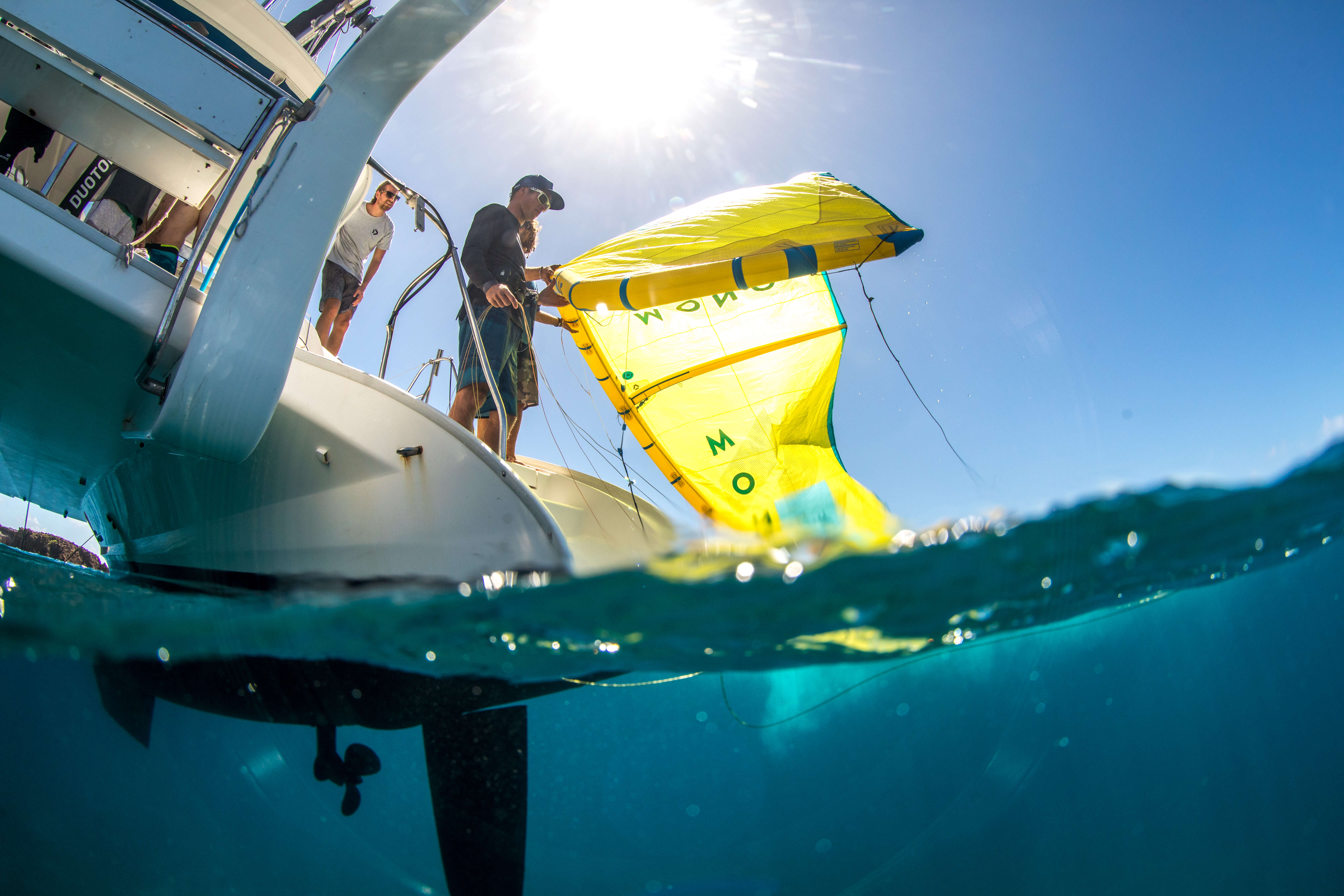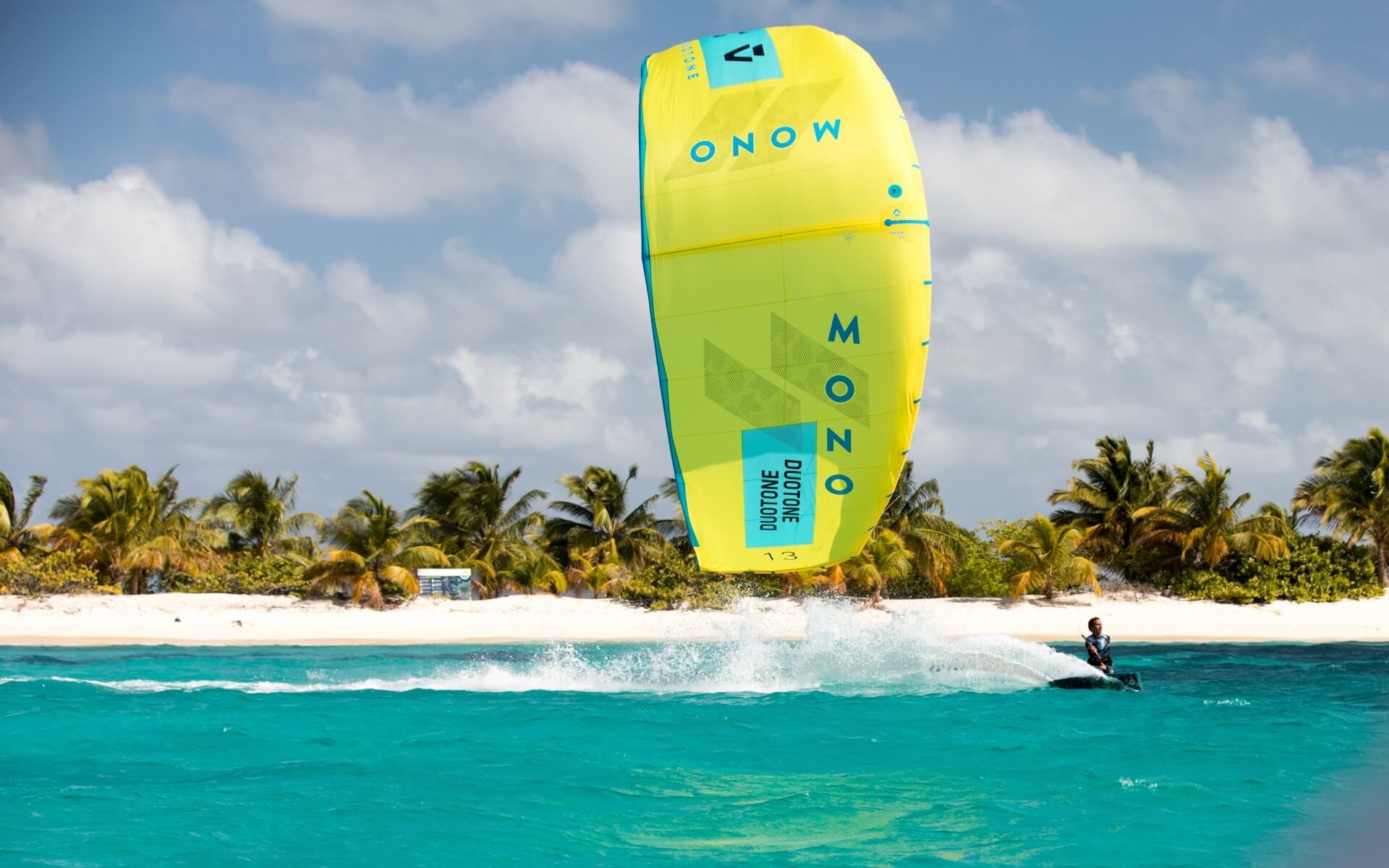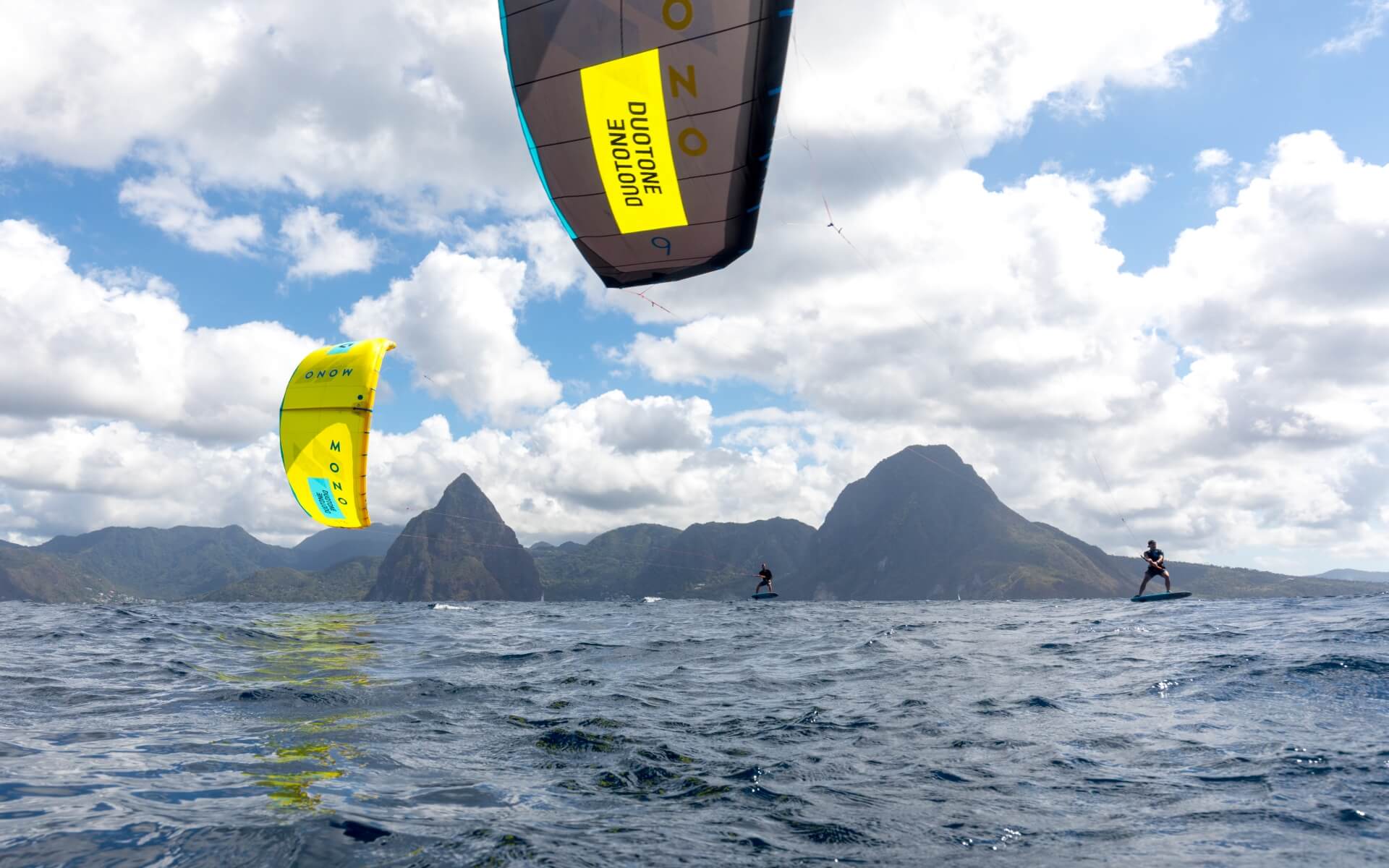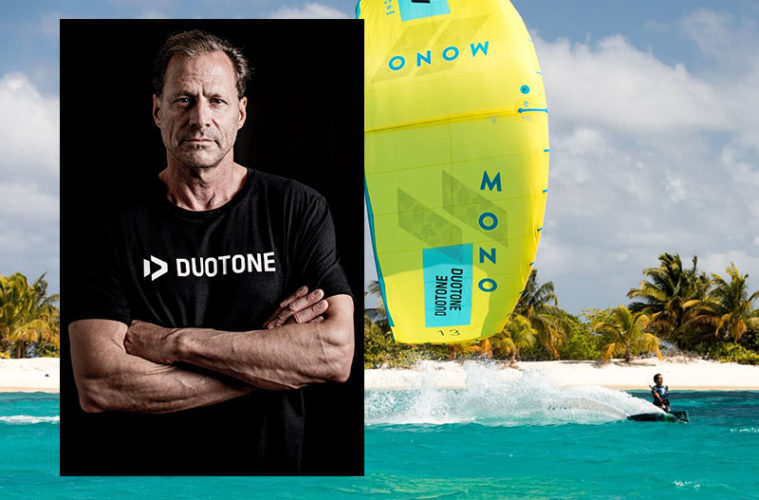“It’s been an exciting year redeveloping the Mono. The increasing popularity of kite foiling caused us to fundamentally reevaluate the design for 2019. The mono started as an affordable, durable kite that could compete with the Neo, but it has been increasingly used in lightly-powered conditions on foils. Low weight, easy turn initiation and easy turn completion.
Effortless relaunch in light wind, the ability to hang underpowered in the air and a forgiving bar feel are the qualities that we find most important for foilers. Most of those qualities are also important for surf and entry-level riders, so the Mono still works for them. In particular, a lightweight surf kiter might prefer a Mono over a Neo because a light rider loads a kite less, rides in proportionally less wind and might prefer a less aggressive bar feel.”
–Ken Winner
 Were the any challenges along the way and how did you overcome them?
Were the any challenges along the way and how did you overcome them?
“The biggest challenge these days lies in making a kite both durable and light. We worked to take weight out without reducing durability. For example, we went for a 75-gram ripstop instead of 150-gram Dacron in the trailing edge. We kept tube diameters as small as we reasonably could as this helps keep weight low without reducing durability.”
 What are the main design and performance updates for this year’s model
What are the main design and performance updates for this year’s model
“The new Mono has a radically lower aspect ratio and wider tips than in the past. These changes permitted us to make the arc of the leading edge flatter, which in turn has given a higher projected area for every size. The expected benefits are super easy water relaunch, quick, easy turning and great ability to drift and hang in the air. A surprising benefit is less canopy flutter.”
“THE 2019 DUOTONE MONO SUITS KITE FOILERS PERFECTLY. IT’S ALSO A GOOD ENTRY LEVEL KITE AS WELL AS A GOOD SURF KITE, PARTICULARLY FOR LIGHTER WEIGHT RIDERS.”
 Which line lengths do you recommend across the different sizes?
Which line lengths do you recommend across the different sizes?
“We mostly used 22s on sizes 7 and 9. We like 22s, even going as long as 24s on the 5m. Sizes 11 and up are good with 22s and even 19s for quicker turning. That said, a lot of foilers don’t want a kite that turns fast and instead prefer the longer power stroke that comes with longer lines. A longer power stroke makes it easier to fly through a tack or jibe. Those riders go with 24s over the entire range. Other foilers prefer crazy short lines, so it’s very much a matter of personal preference.”

Any tips for using the different settings?
The MONO still has the adaptive tip, so there are the usual two settings for turning speed and bar hardness. FOIL riders may prefer the soft, quick-turn setting because they don’t load the kite very much. SURF riders may prefer the hard bar setting because they will be riding in more powered conditions and will like the solid feedback.
In a nutshell, what’s new for the 2019 Mono?
Lower aspect ratio, quicker relaunch, lower weight, quicker turning, less flutter, softer, more forgiving bar feel.


